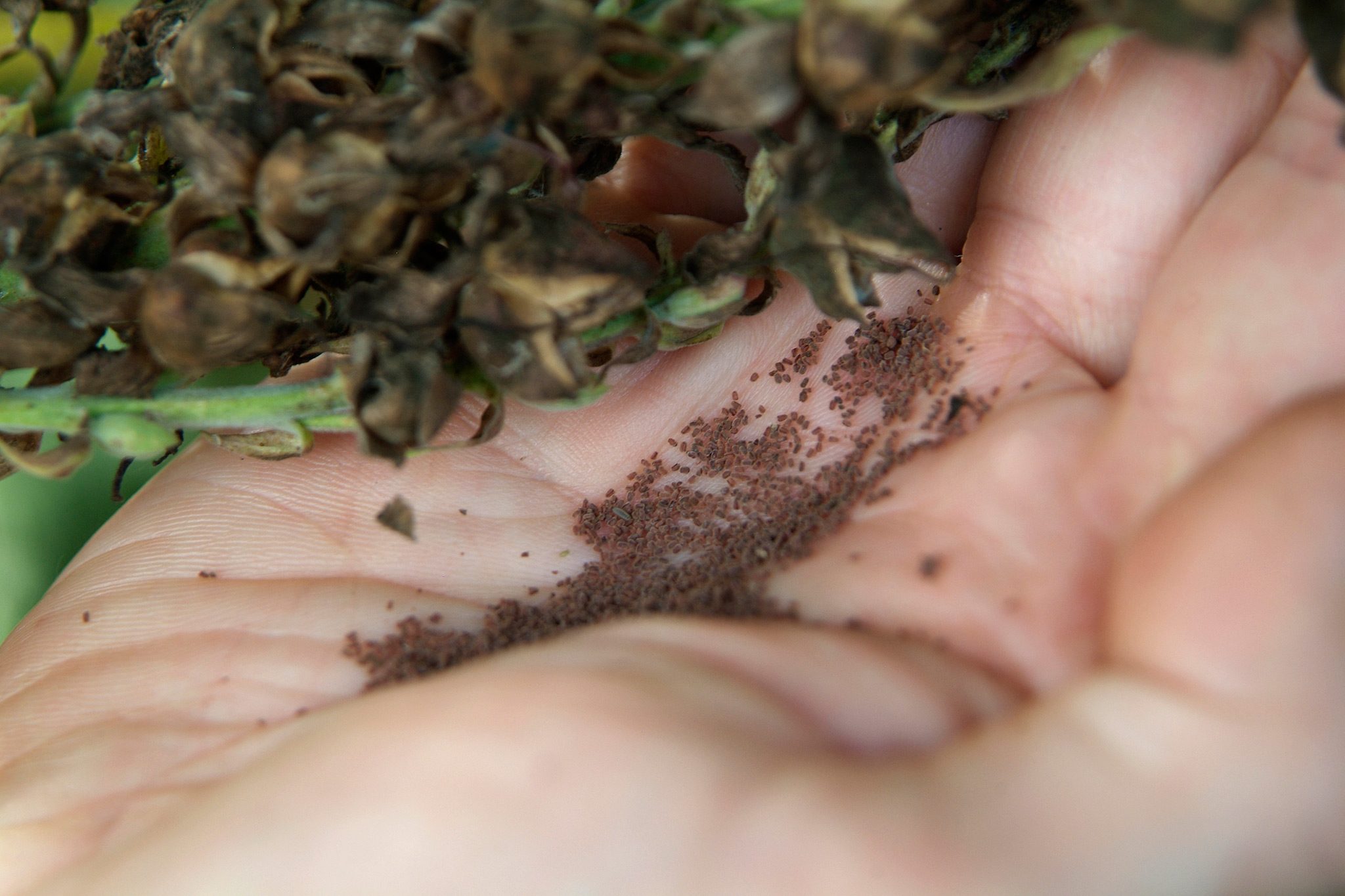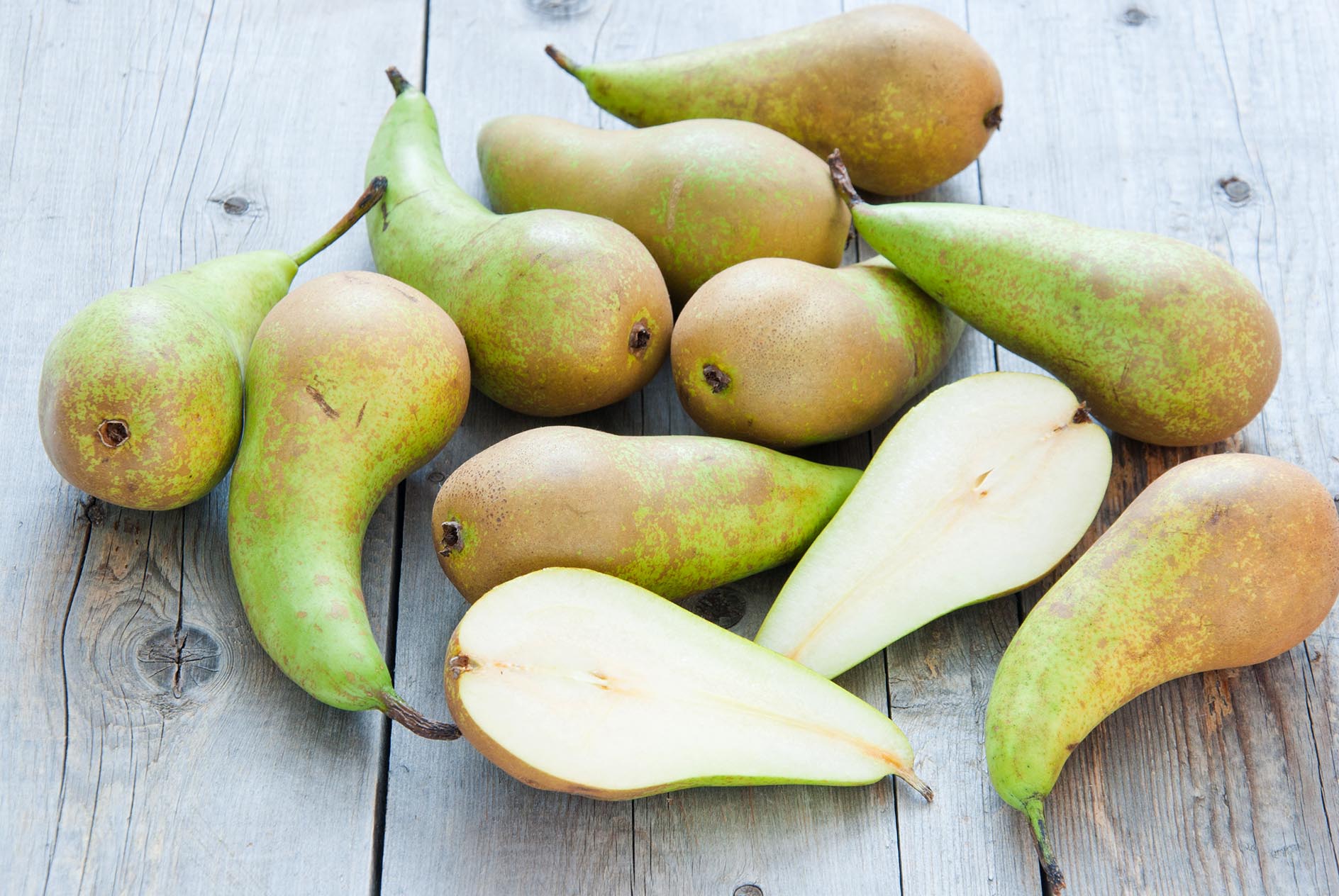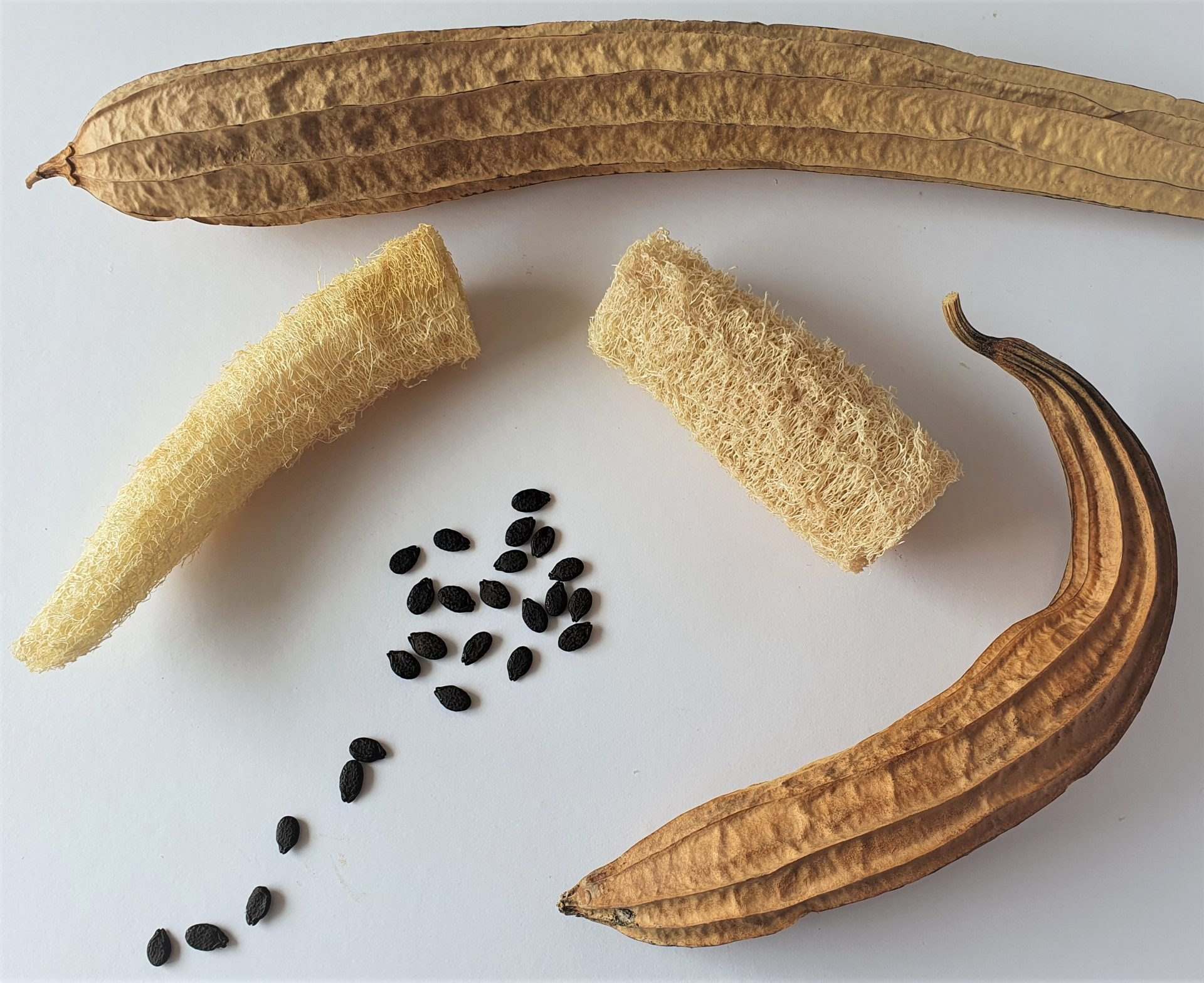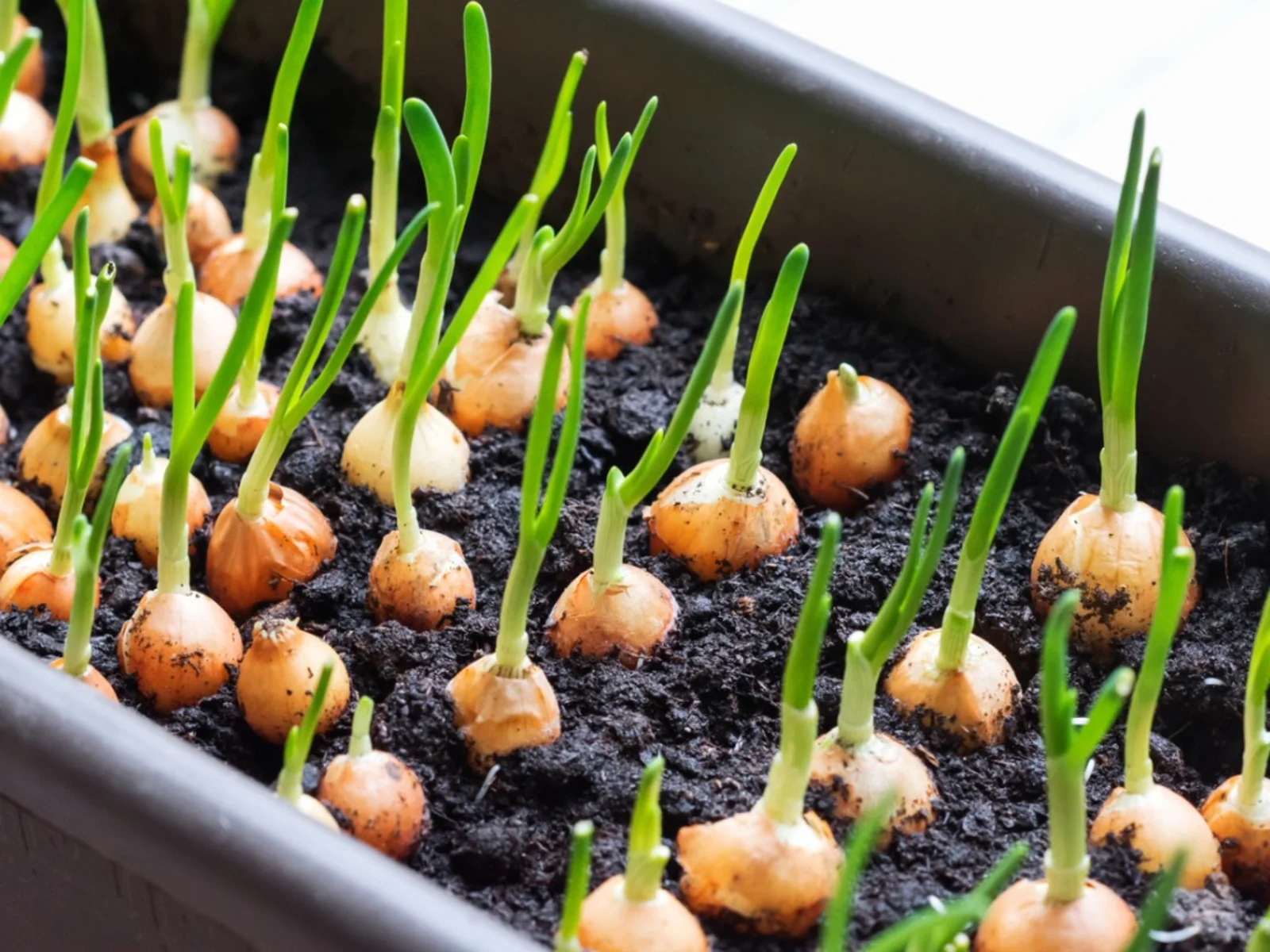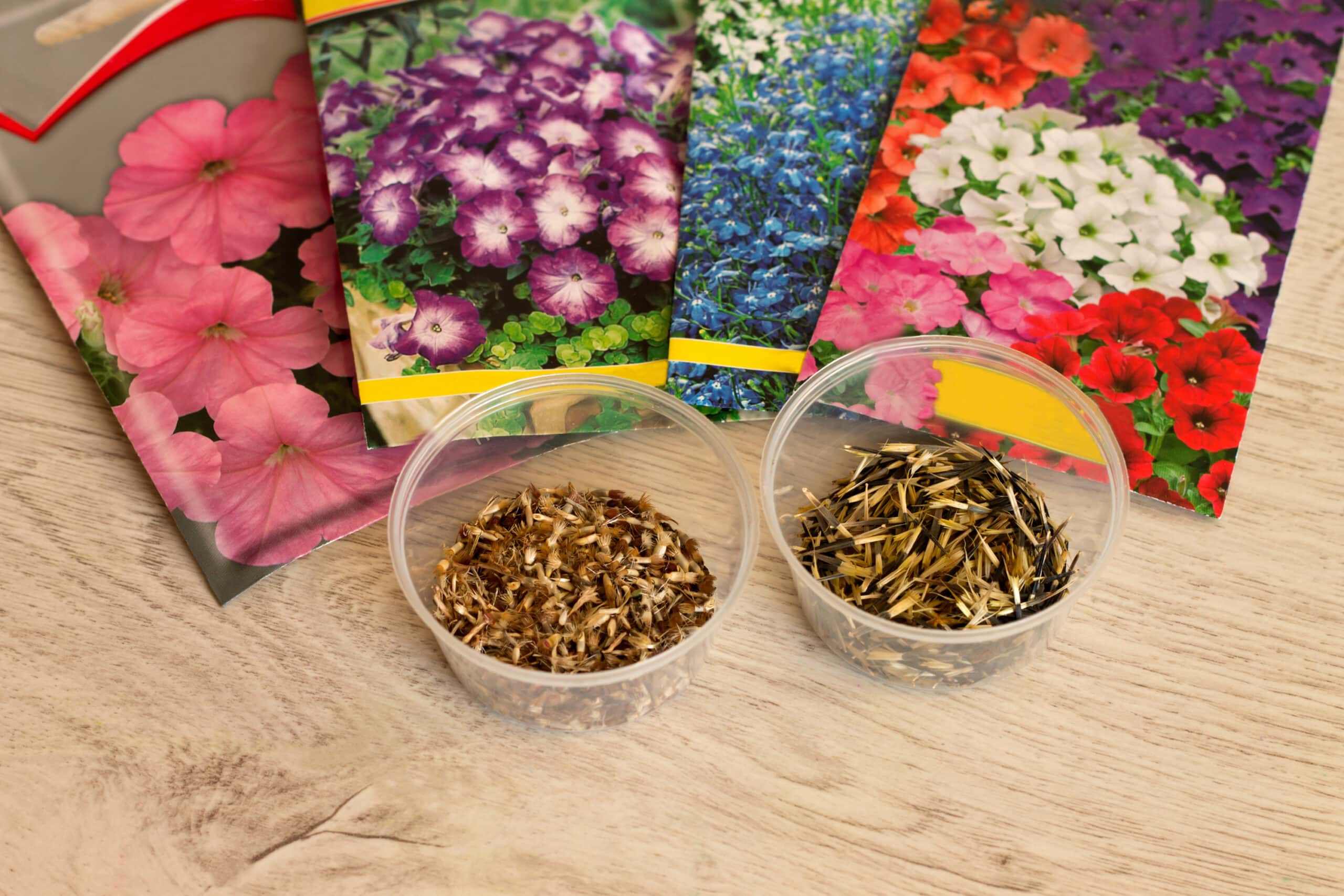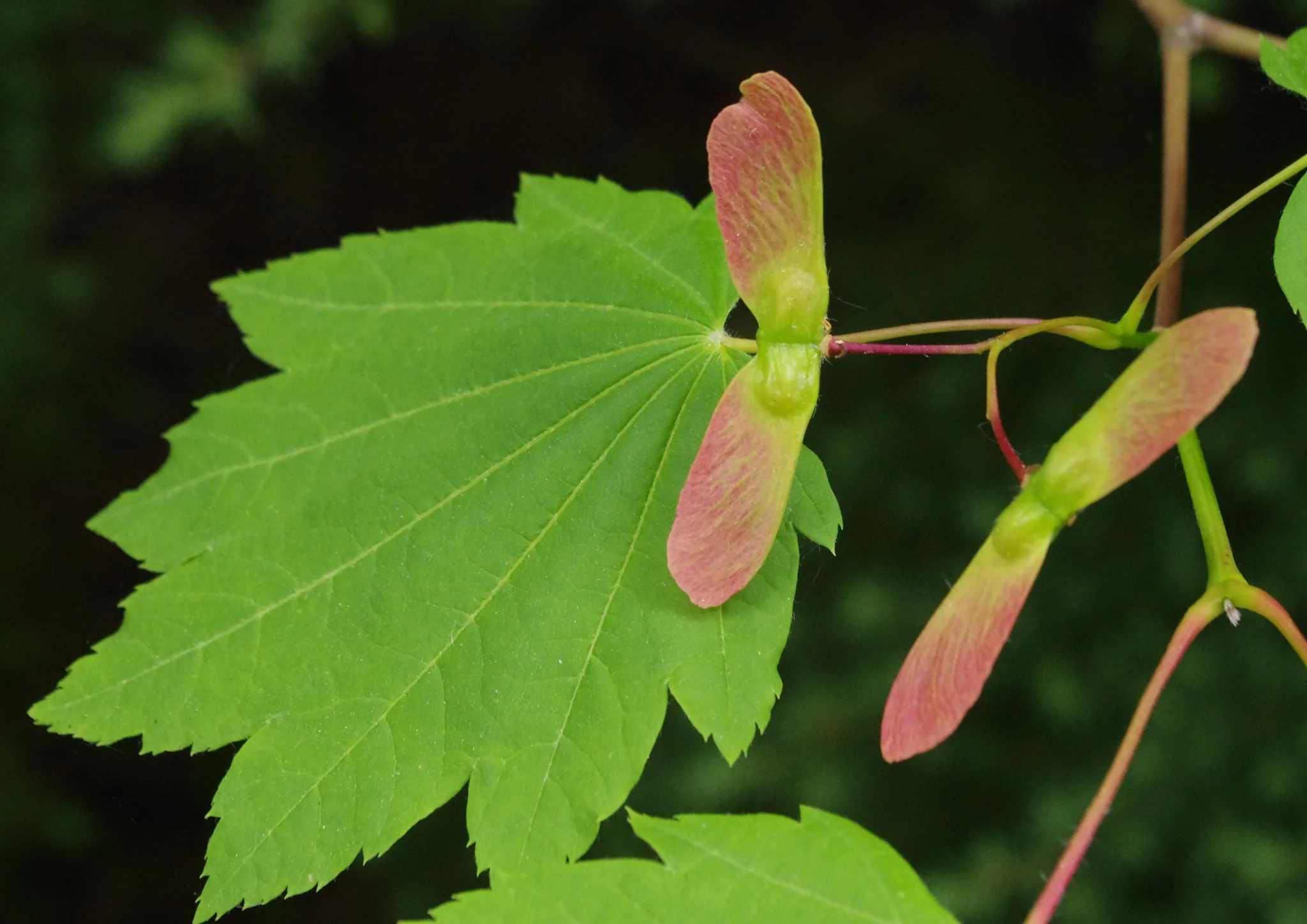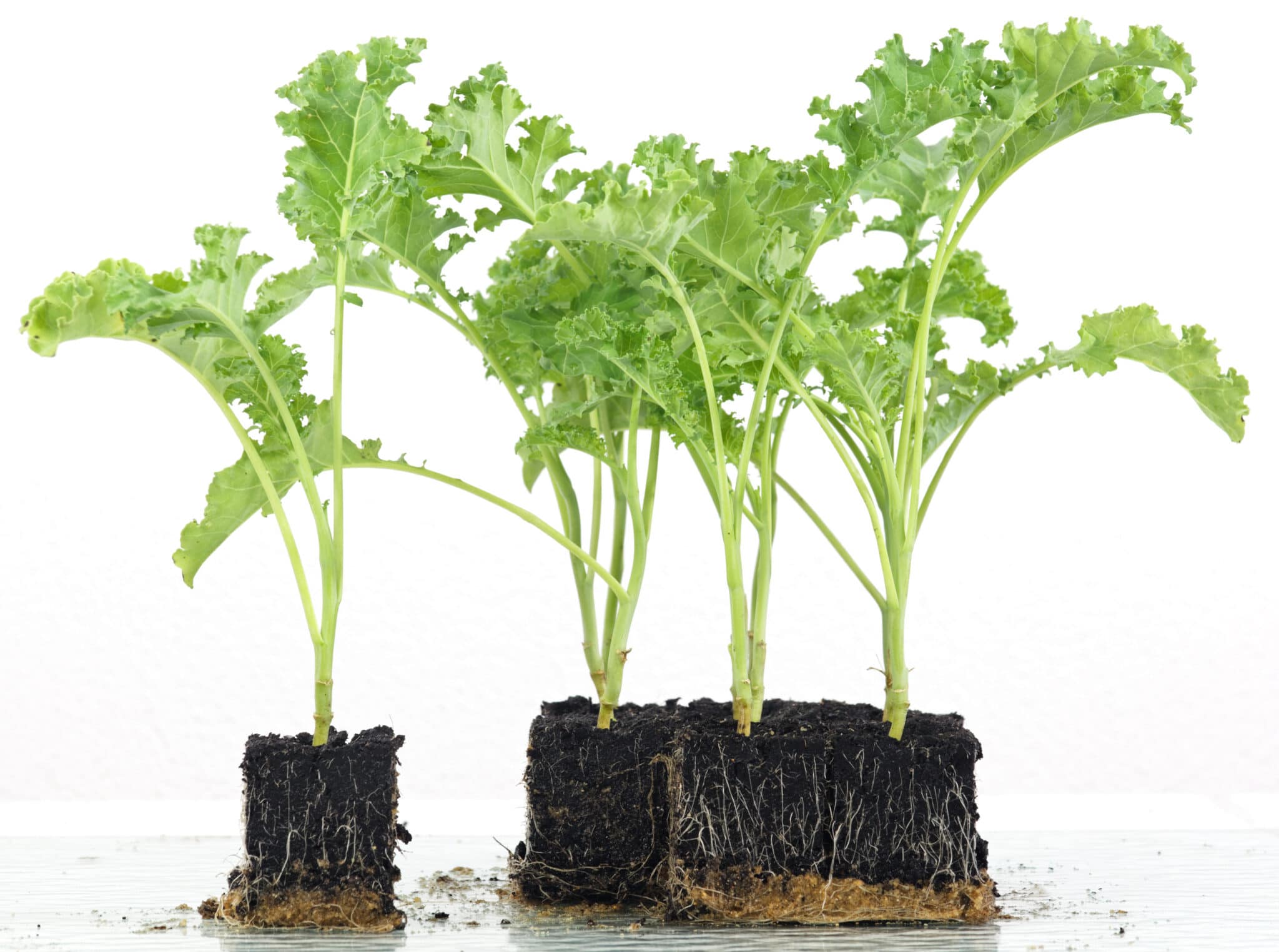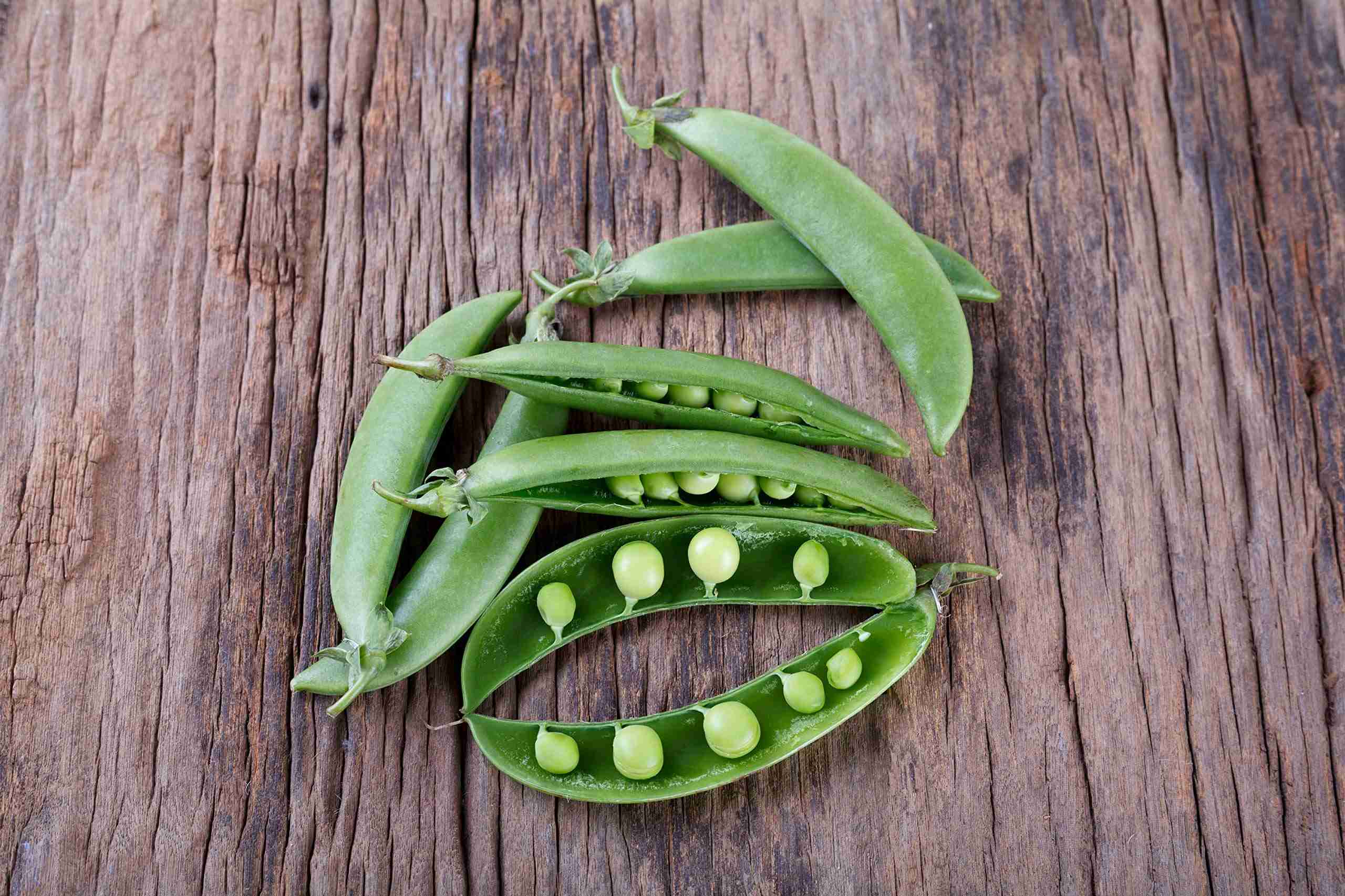Home>Types of Gardening>Ornamental Gardening>How To Plant Tree Seeds
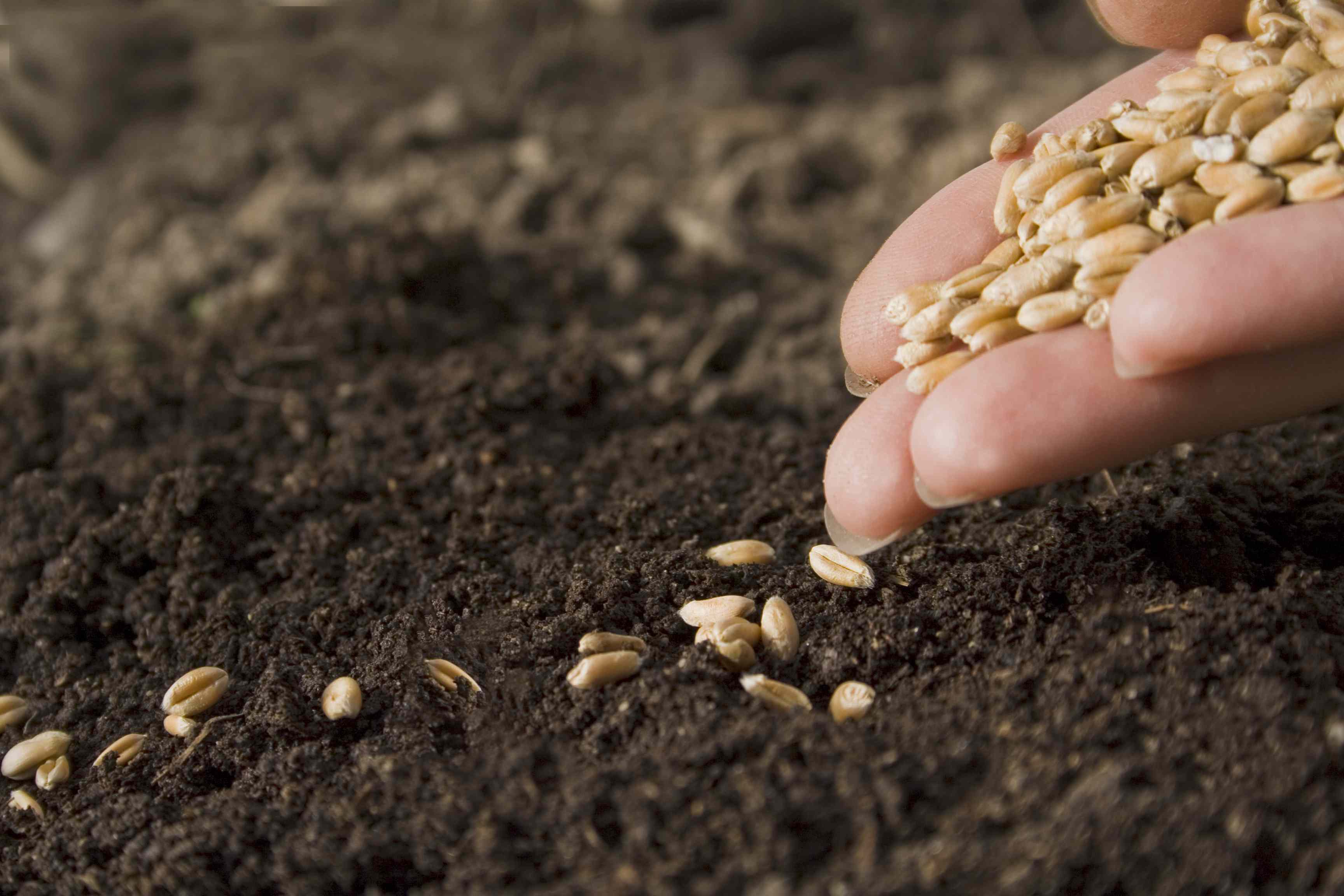

Ornamental Gardening
How To Plant Tree Seeds
Modified: January 22, 2024
Learn the art of ornamental gardening with our step-by-step guide on planting tree seeds. Transform your garden into a vibrant paradise with our expert tips and tricks.
(Many of the links in this article redirect to a specific reviewed product. Your purchase of these products through affiliate links helps to generate commission for Chicagolandgardening.com, at no extra cost. Learn more)
Table of Contents
Introduction
Welcome to the fascinating world of ornamental gardening! If you are looking to add a touch of natural beauty to your outdoor space, planting tree seeds is a wonderful way to start. Watching tiny seeds transform into majestic trees is a truly rewarding experience that allows you to connect with nature and create a picturesque landscape.
Whether you are a seasoned gardener or just starting your gardening journey, this guide will provide you with all the essential information you need to successfully plant tree seeds and nurture them into thriving seedlings. From selecting the right seeds to caring for the growing plants, we will cover it all.
Planting tree seeds not only offers aesthetic benefits but also plays a vital role in preserving biodiversity and improving air quality. By selecting native tree species, you can provide a habitat for birds, insects, and other wildlife, and contribute to the overall health of the ecosystem.
So, put on your gardening gloves and let’s dive into the wonderful world of planting tree seeds. Whether you have a sprawling backyard or a small balcony, you can cultivate your very own green oasis and enjoy the beauty of nature right at your doorstep.
In the sections that follow, we will guide you through the process of choosing the right seeds, preparing the soil, sowing the seeds, providing proper watering and care, and eventually transplanting the seedlings. By following these steps, you will set the stage for successful growth and create a thriving garden that you can enjoy for years to come.
Choosing the Right Seeds
When it comes to planting tree seeds, selecting the right seeds is crucial for the success of your gardening endeavor. With a wide variety of tree species available, it is important to consider factors such as climate, soil conditions, and desired aesthetic appeal before making your selection.
1. Climate: Different tree species have specific climate requirements for optimal growth. Consider the hardiness zone of your region to determine which trees are best suited for your area. Some tree species thrive in colder climates, while others are more suitable for warmer regions.
2. Soil Conditions: Take into account the soil type and pH level of your garden. Certain tree species prefer well-drained soil, while others thrive in moist or acidic soil. Conduct a soil test to determine the existing conditions and choose tree seeds that are compatible with your soil type.
3. Aesthetic Appeal: Consider the overall aesthetic you wish to achieve in your garden. Think about the size, shape, and color of the trees when they mature. Do you prefer flowering trees, evergreens, or trees with vibrant autumn foliage? Research different tree species and their characteristics to find the ones that align with your vision.
4. Native Species: Whenever possible, opt for native tree species. Native trees are adapted to the local climate, soil conditions, and wildlife, making them more resilient and sustainable. They also provide valuable habitat for native wildlife, support biodiversity, and help preserve the natural balance of the ecosystem.
5. Availability and Source: Purchase tree seeds from a reputable source to ensure their quality and viability. Local nurseries, garden centers, or online seed banks are good options to find a wide variety of tree seeds. Read reviews, check for certifications, and consider the reputation of the seller before making your purchase.
By carefully considering these factors, you can choose the right tree seeds that are well-suited to your garden and climate conditions. Remember that planting the right tree in the right place will contribute to the long-term health and beauty of your ornamental garden.
Preparing the Soil
Before sowing your tree seeds, it is essential to ensure that the soil is prepared to provide optimal growing conditions for the seeds. Preparing the soil properly will create a fertile and well-drained environment, enhancing the chances of seed germination and subsequent seedling growth.
1. Clear the Area: Start by clearing the area where you plan to plant the tree seeds. Remove any weeds, rocks, or debris that may inhibit the growth of the seeds. This will create a clean and open space for the seeds to establish themselves.
2. Soil Testing: Conduct a soil test to assess its fertility and pH levels. You can purchase a soil testing kit from a garden center or send a soil sample to a professional laboratory for analysis. Understanding the soil composition and pH levels will help you determine if any amendments are necessary.
3. Amend the Soil: Based on the results of the soil test, you may need to add organic matter or adjust the pH level to create an optimal growing environment. Incorporate compost, well-rotted manure, or other organic matter into the soil to improve its structure, nutrient content, and water-holding capacity. If the soil pH is too acidic or alkaline, you can adjust it by adding lime or sulfur accordingly.
4. Loosen the Soil: Use a garden fork or tiller to loosen the top layer of soil. This will improve aeration and drainage, making it easier for the tree seeds to take root and grow. Avoid compacting the soil as it can hinder seed germination and underground root development.
5. Remove Grass: If the planting area is covered with grass, it is essential to remove it to prevent competition for nutrients and water. Use a garden spade or a sod cutter to slice through the grass and remove it completely. Ensure that the roots of the grass are also removed to avoid regrowth.
6. Level and Rake: Level the soil surface using a rake, ensuring it is free from large clumps or debris. This will create a smooth and even surface for sowing the tree seeds.
By properly preparing the soil, you provide the ideal foundation for successful seed germination and healthy seedling growth. A fertile and well-drained soil creates an environment where the tree seeds can establish themselves and develop strong root systems, setting the stage for a thriving and beautiful garden.
Sowing the Seeds
Now that you have chosen the right tree seeds and prepared the soil, it’s time to sow the seeds and kickstart the growth process. Proper sowing techniques will ensure that the seeds are placed at the right depth and spacing, allowing them to germinate and develop into healthy seedlings.
1. Seed Depth: Check the seed packet or do some research to determine the recommended planting depth for the specific tree species. In general, small seeds should be planted shallowly, while larger seeds may need to be planted deeper. As a rule of thumb, aim for a planting depth of around twice the diameter of the seed.
2. Spacing: Proper spacing between the seeds is essential to allow each seedling enough room to grow and access adequate sunlight and nutrients. Follow the spacing guidelines provided on the seed packet or leave enough distance based on the projected size of the mature tree. If sowing multiple rows, maintain sufficient space between the rows as well.
3. Planting Technique: Dig small holes or furrows in the prepared soil using a dibber or your finger. Place the seed in the hole or furrow and cover it gently with soil. Press the soil lightly to ensure good seed-to-soil contact, which promotes germination. Avoid packing the soil too tightly, as it can hinder germination and root development.
4. Watering: Immediately after sowing the seeds, water the area gently to provide moisture. Ensure that the soil is evenly moist but not waterlogged. Use a fine mist or a watering can with a rose attachment to avoid displacing the seeds. Maintain consistent moisture levels to support seed germination and early seedling growth.
5. Marking and Labeling: To keep track of the sown seeds and their respective tree species, it is helpful to mark the planting areas. You can use plant markers, popsicle sticks, or stakes with labels to identify the seeds. This will prevent confusion and allow you to monitor the progress of each seedling.
6. Protection: Depending on the local weather and potential threats, you may need to protect the newly sown seeds from extreme temperatures, pests, or heavy rain. Use mulch, row covers, or a temporary greenhouse to provide an extra layer of protection until the seeds have germinated and established themselves.
By following these steps, you can ensure that the tree seeds are sown correctly and have the best chance of germination and successful growth. Patience and diligence during this stage will pay off as you observe the tiny seeds transform into promising seedlings, bringing you one step closer to a flourishing ornamental garden.
Watering and Care
Proper watering and care are crucial for the successful growth and development of the tree seedlings. Providing adequate water, nutrients, and protection will help the seedlings establish strong root systems and prepare them for future growth in your ornamental garden.
1. Watering: Seedlings require consistent moisture for healthy growth. Water the area regularly but avoid overwatering, as excessive moisture can lead to root rot. Keep the soil evenly moist, but not saturated, by watering deeply until the water reaches the root zone. Monitor the moisture levels regularly and adjust the watering schedule based on the climate and rainfall.
2. Mulching: Apply a layer of organic mulch around the base of the seedlings to help conserve moisture, suppress weed growth, and regulate soil temperature. Use materials like wood chips, straw, or shredded leaves for mulching. Maintain a distance between the mulch and the trunk of the seedling to prevent moisture accumulation and potential pest or disease issues.
3. Fertilizing: Young seedlings can benefit from a gentle feeding to support their growth. Use a balanced, slow-release fertilizer or organic compost to provide essential nutrients. Follow the instructions on the fertilizer package and apply it sparingly, avoiding direct contact with the seedlings or their roots.
4. Weed Control: Regularly remove any weeds that compete with the seedlings for nutrients and water. Pull weeds by hand, taking care not to disturb the delicate roots of the seedlings. Applying a layer of mulch around the seedlings will also help suppress weed growth and make maintenance easier.
5. Protecting from Pests and Diseases: Monitor the seedlings regularly for any signs of pests or diseases. Common pests, such as aphids or caterpillars, can be controlled using organic insecticidal soaps or natural predators like ladybugs. Follow integrated pest management practices to minimize the use of chemical pesticides. If you notice any signs of diseases, such as wilting or discoloration, consult a local garden center or horticultural expert for appropriate treatment options.
6. Maintenance and Training: As the seedlings grow, you may need to provide support or training to ensure proper growth and shape. Install stakes or use tree ties to support the seedlings if they become top-heavy. Regularly prune any damaged or crossed branches to promote healthy growth patterns.
By paying attention to the watering needs, providing proper care, and taking steps to protect the seedlings, you will encourage strong and healthy growth. Remember that each tree species may have unique care requirements, so it is essential to research and understand the specific needs of your chosen tree seeds.
Transplanting the Seedlings
As the tree seedlings grow and develop, there may come a time when they outgrow their initial planting location or need to be moved to their permanent spot in your ornamental garden. Transplanting the seedlings requires careful planning and execution to ensure minimal disturbance to the roots and promote successful establishment in their new home.
1. Timing: The ideal time to transplant tree seedlings is when they are in a dormant state, typically during early spring or late fall. This will minimize stress on the plants and give them ample time to establish their root systems before the next growing season.
2. Preparation: Before transplanting, water the seedlings thoroughly to moisten the soil and prepare them for the move. Dig a wide and shallow hole in the new planting area that is large enough to accommodate the entire root ball of the seedling. Prepare the soil in the new location by loosening it and incorporating organic matter if needed.
3. Transplanting Technique: Gently dig around the seedling, taking care to preserve as much of the root ball as possible. Lift the seedling from the soil, holding it by the root ball rather than the stem or leaves. Place the seedling into the prepared hole in the new planting area, making sure it is at the same level as it was in the original location. Fill the hole with soil, firming it gently around the seedling to eliminate any air pockets.
4. Watering and Post-Transplant Care: Immediately after transplanting, water the seedlings thoroughly to settle the soil and provide moisture to the roots. Monitor the moisture levels regularly and adjust the watering as needed. Apply a layer of mulch around the base of the seedlings to conserve moisture and control weeds. Protect the seedlings from harsh sun, wind, or extreme weather conditions, such as frost, by using shade cloth or temporary covers.
5. Gradual Adaptation: After transplanting, the seedlings may go through a period of adjustment as they acclimate to their new surroundings. Monitor the seedlings closely and provide extra care during this time. Avoid fertilizing for the first few weeks to allow the young plants to settle in and establish their roots.
6. Post-Transplant Evaluation: Regularly observe the transplanted seedlings for any signs of stress, such as wilting or yellowing leaves. Promptly address any issues by adjusting watering, providing shade, or seeking professional advice if necessary. With time and proper care, the seedlings will recover and resume healthy growth in their new location.
Transplanting seedlings requires delicacy and attention to detail, but when done correctly, it allows the young trees to continue their growth journey in a more suitable environment. By providing the necessary care and monitoring their progress, you will witness your transplanted seedlings thrive and contribute to the beauty of your ornamental garden.
Conclusion
Congratulations! You have now learned the essential steps to successfully plant tree seeds and nurture them into thriving seedlings in your ornamental garden. By choosing the right seeds, preparing the soil, sowing the seeds, providing proper watering and care, and transplanting the seedlings when necessary, you have set the foundation for a beautiful and sustainable landscape.
Ornamental gardening not only enhances the visual appeal of your outdoor space but also contributes to the overall health of the environment. By selecting native tree species, you provide valuable habitat for wildlife and support biodiversity. Additionally, the process of planting and caring for tree seeds allows you to connect with nature and enjoy the wonders of growth and transformation.
Remember to consider the climate, soil conditions, and aesthetic appeal when choosing tree seeds. Preparing the soil properly and sowing the seeds at the correct depth and spacing will ensure successful germination. Watering, fertilizing, and protecting the seedlings from pests and diseases are crucial for their healthy growth and development.
If the seedlings outgrow their initial planting area, carefully transplanting them to their permanent location will ensure their continued progress. Monitor the seedlings closely post-transplant and provide appropriate care as they adjust to their new environment.
As your tree seedlings grow into mature trees, they will provide shade, improve air quality, and contribute to the overall beauty and well-being of your outdoor space. Whether you have a small backyard or a larger garden, the process of planting tree seeds allows you to create your very own sanctuary of nature.
So, embrace your green thumb and enjoy the journey of ornamental gardening. The rewards are immense as you witness the transformation of tiny seeds into majestic trees that bring joy and wonder to you and the environment for years to come.
